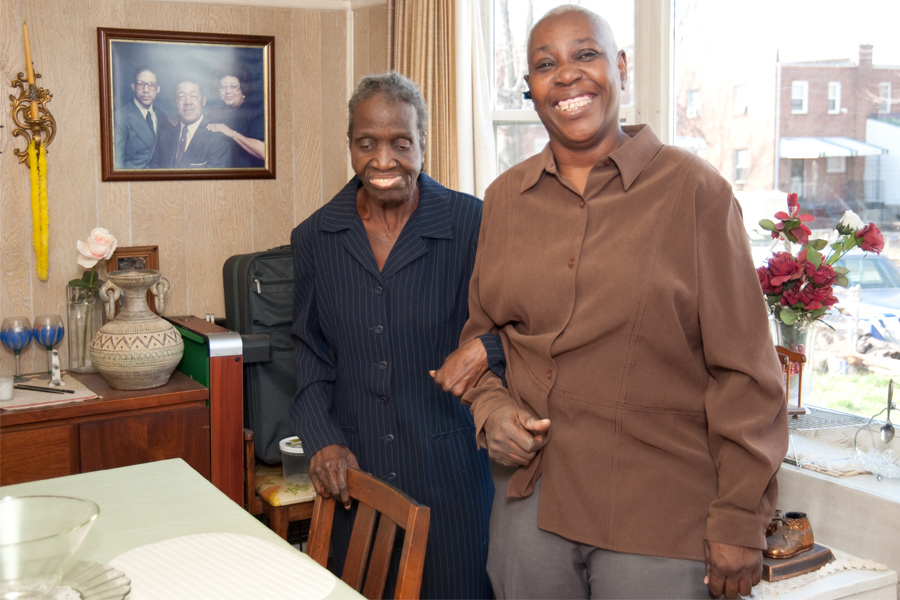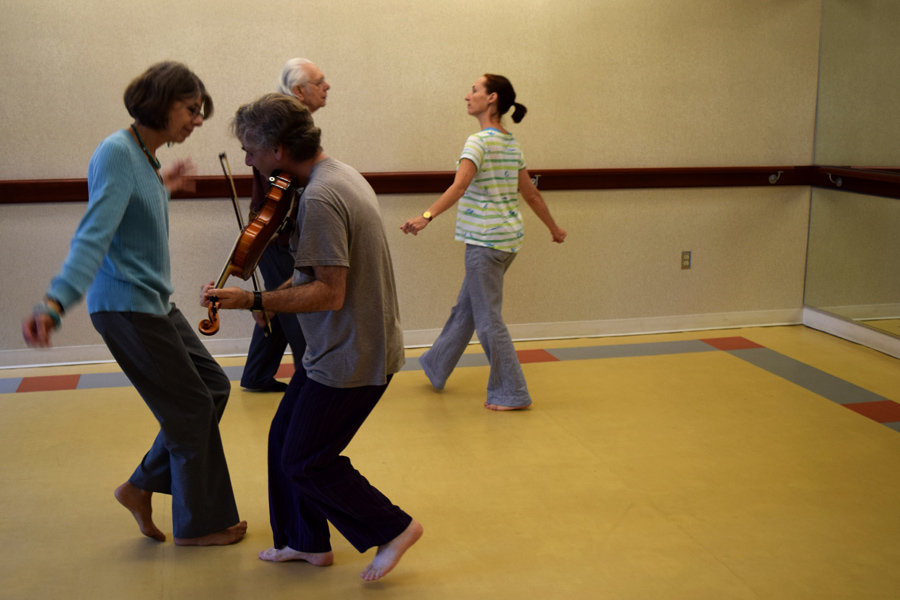Create the DC that You Want: Making a 311 Call

You might not be aware of it, but in addition to our crucial direct service work, Iona also engages in advocacy work designed to improve services for older adults in Washington, DC.
We host three advocacy groups, the DC Coalition on Long Term Care, the Senior Advisory Coalition, and Ward 3’s Citizens Advocacy Group. All harness the power of citizen advocates to make an impact on policy by educating community members, monitoring DC agencies, and testifying on your behalf before the City Council.

But you can also “advocate” for yourself — and make changes that will impact your daily life.
- You have the ability to replace a broken or uneven sidewalk.
- You have the ability to increase pedestrian and driver safety, and curb crime by replacing a burned out streetlight.
- You have the ability to have tree limbs that block your driving visibility pruned.
In this article, I will show you the how: How to walk through different requests to engage your DC government to provide the repairs and services that you need.
There are three simple steps:
1. Make the REQUEST:
Two ways: Computer or Phone
- Go to 311.dc.gov
- Log in as a guest or set up an account
- Scroll down the request list and enter the request you want
- Dial 311:
- If you are more comfortable on the phone than the computer
- If you want to put in the request without your name
2. Provide the DETAILS:
- Service location (know exact address and intersection, i.e., Wisconsin @ Albemarle Street)
- Service information (will ask 3-4 questions about the request)
- Can attach a photo
- Can add additional information
3. Keep on TRACK:
- Keep your assigned request number
- Note the estimated completion date and put on calendar
- Can find out progress of request by computer or by phone
- Contact your Council member’s constituent services with request number when not completed by assigned date
So, what do these steps look like in action?
Last summer my sneaker tread caught on my lobby’s carpet — and down I went.
Fortunately my fall resulted in a broken shoulder that did not require surgery, but now I walk slower and am more aware of my walking surface.
I have put in several sidewalk repair requests — some even beyond my immediate neighborhood. Last fall, for instance, I requested and got the entire sidewalk on Porter and Quebec Street NW replaced for my faith-based organization, Adas Israel Synagogue.
And, in fact, folks were so impressed with the sidewalk repair I am now Co-chair of the building committee for the Adas Israel congregation! But of course anyone could have done this, if they knew about the 311 service.
Here’s what you need to know:
How do I fix a broken or uneven sidewalk?
For a sidewalk repair request, you’ll need the following information:
- Service location
- Service information
- Type of sidewalk material (concrete = grey, brick = red, asphalt = black)
- Is a sidewalk segment raised and now a tripping hazard?
- Is a sidewalk segment sunken or depressed?
- Does the sidewalk stop a wheelchair or a stroller from rolling?
- If the sidewalk segment is raised, is it a result of tree roots?
Maximum Resolution Time: 270 Business Days
My advice is to convert the days to an approximate date on your calendar so that you can track any progress. If your request isn’t completed within that window — or your request was closed for some reason that you don’t understand or was not clear — it’s time to check in with your Council member’s constituent services staff with your request number for follow-up.
Learn more with the CAG
There are several other kinds of requests you can make on behalf of yourself and your community. For more examples and information, I encourage you to attend Ward 3 Citizens Advocacy Group’s next educational session, “911 or 311: Making the Right Call.”
The session will cover the differences between an emergency 911 request and non-emergency 311 requests, and you’ll have the opportunity to ask Director of Office of Unified Communications Karima Holmes your questions. Call (202) 895-9442 for more information.
Have you made a 311 service request? What advice do you have? Let us know in the comments!
By Barbara B. Cline
Barbara B. Cline, CPA, is a former auditor and non-profit executive. She is a SERVEDC Commissioner, where she works on the emergency planning task force. She lives with her husband, who has some physical challenges, in an apartment in NW, DC. Barbara is a fair housing and disability rights advocate and writes articles on housing issues — including rent-control, an often unknown and misunderstood type of affordable DC housing, for both Iona and the Forest Hills Connection.
Related Articles

The Stories of Dementia in the District

A Couple’s Vows Create Opportunities to Age Well

Can You Imagine Taking Three Buses to Get to Iona?

